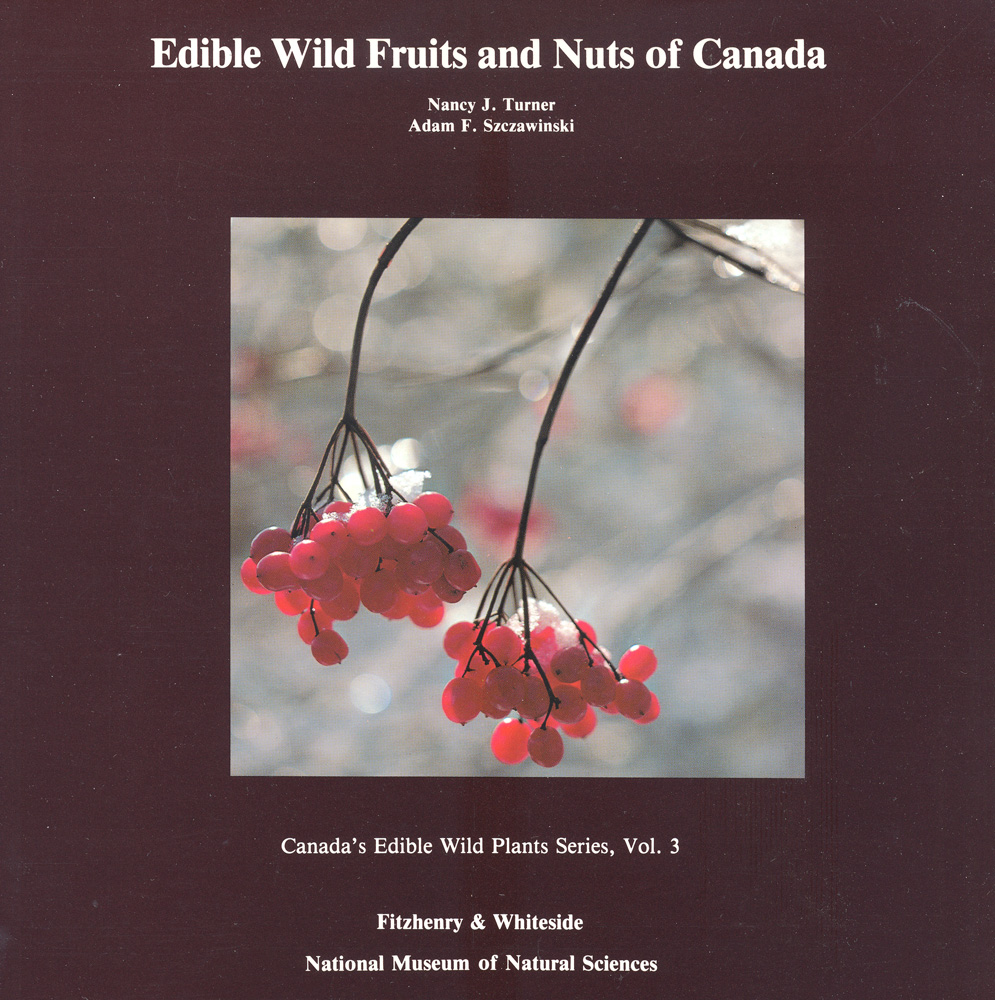Of all the different kinds of wild foods used by man, wild fruits are without doubt the most widely enjoyed- and usually the easiest to gather and prepare. Few people realize that rice and other grai
Of all the different kinds of wild foods used by man, wild fruits are without doubt the most widely enjoyed- and usually the easiest to gather and prepare. Few people realize that rice and other grains, sumac, sunflower seeds, and pond-lily seeds are fruits. Nuts, of course, are also fruits, but because they are rarely recognized as such, except in botanical terms, they are specifically referred to in the title of this book.
Nutritionally, wild fruits are as rich in vitamins and minerals as cultivated fruits, lower in sugar and calorie content, and free of wax coating, chemical sprays or artificial ripening agents. What's more, wild fruits nearly always taste better than their cultivated counterparts.
There are over 35 species included in this guide and cookbook for wild-food gourmets. Each section contains a botanical description, notes on general habitat and distribution, a drawing or colour photograph, and information on the folklore of each plant, with notes on its historical, medicinal, or cosmetic uses.
Also included are a large selection of recipes for jams, jellies, beverages, wines, pies, desserts, main dishes and snacks. Some of these are based on recipes that were used by the Indians and the Inuit, or by early pioneers.
